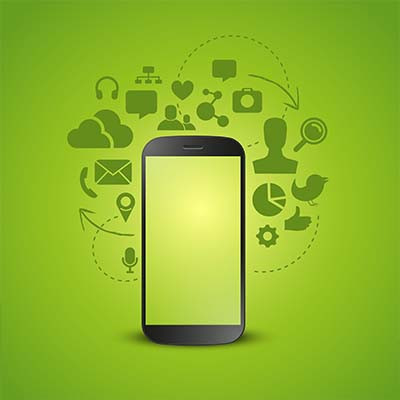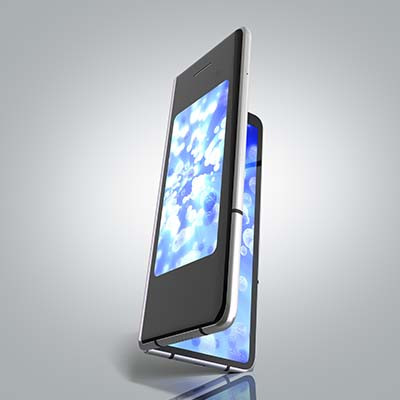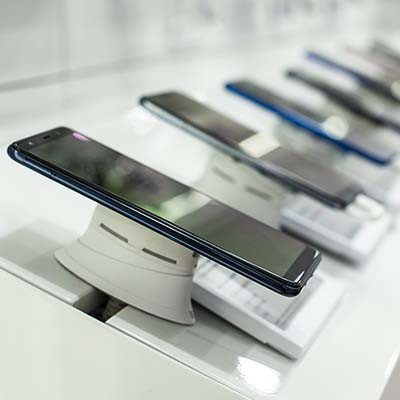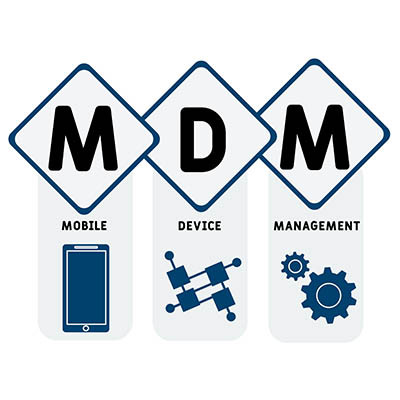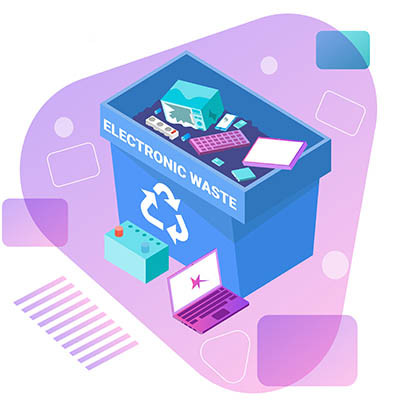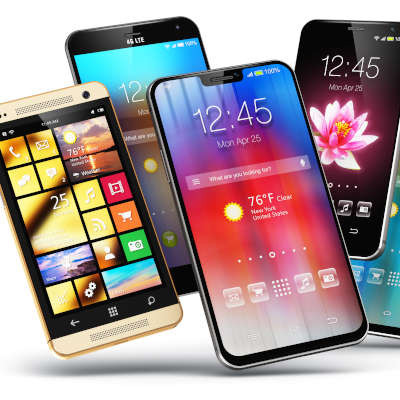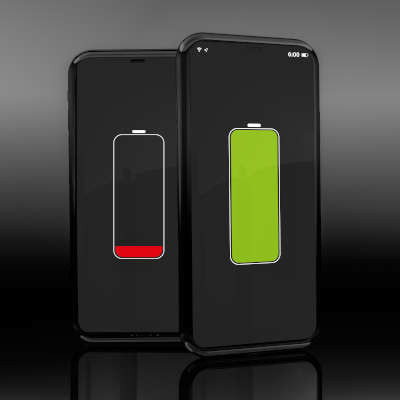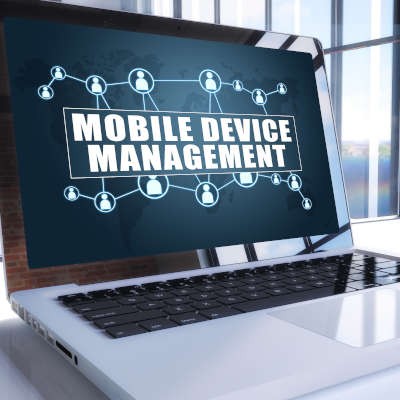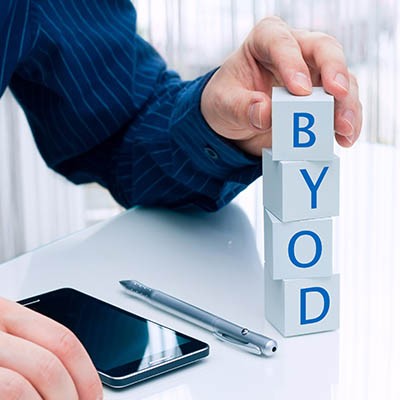JS Business Solutions Blog
Mobility takes center stage for many businesses that want to improve productivity. This necessitates a Mobile Device Management (MDM) tool that can help organizations keep tabs on devices within their networks. Let’s discuss some of the biggest selling points of today’s Mobile Device Management tools.
We like to look at the new smartphones that hit the market each and every year, but this year presents an interesting change. The past several years have seen a marked decrease in innovation, and there are fewer companies producing smartphones than before. The reason for this is unclear, and it could be due to any number of factors, including market dynamics, supply chain shortages, or the costs associated with manufacturing. However, it has had profound impacts on major names in the industry, including Amazon, LG, and HTC, as well as Microsoft, Sony, and Nokia.
People on average spend nearly 3-to-5 hours of their day on their phones. Today’s smartphones are not only one of the coolest pieces of technology ever invented, it legitimately could be one of the most useful devices any person could use for business; if they are willing to use it that way. Today, we will establish what smartphones are mostly used for and how to readjust your smartphone usage to be your most productive.
Value smartphones can sometimes be downright bad. It’s for this reason people pay an extra $50 on top of their service charge to get the latest and greatest phones on the market. If you are someone that doesn’t need the power of a flagship device and doesn’t want to pay for a flagship, here are three phones that can provide a great user experience for under $500.
Your mobile device management strategy is going to bleed into every other part of your business, especially in the realms of security and productivity. It is of critical importance that you ensure that your mobile device management platform is working toward your company’s operational goals, but it can be challenging at times to look at this type of technology with its many complications. Let’s dive into what makes for a solid MDM platform.
Unfortunately, technology does not last forever, and today’s culture of upgrades means that users of smartphones and other devices are constantly updating even when they don’t need to. This practice can extend to businesses, too. Businesses need to have a strategy in place that they can use when it is time to upgrade from older devices, including the way that you dispose of them. Here is how you can effectively dispose of your older connected devices without sacrificing the environment and your data privacy/security.
For the past year, remote work has been basically the only option for some businesses. If the pandemic has proven anything, it is that all of our preconceived notions of remote work being impossible for certain industries and sectors are simply not true. Most businesses can leverage remote work in some capacity, so in a post-COVID world, it is your responsibility as a business owner to act on the many benefits that remote work can pose for organizations like yours.
If there’s any technology that has received hype in recent months, 5G connectivity has to at least be a contender for the most anticipated. The fifth generation of wireless connectivity is staged to benefit society and business alike through improved automation—particularly with the concurrent growth of the Internet of Things helping to develop the next iteration of the economy. Let’s consider how 5G is shaping up, and the impacts that it will likely have in the future.
Last week we explored the flagship smartphones that are on the market right now. Today, we wanted to look at some different devices. These devices carry the price tag of a flagship (or cost more), but don’t necessarily have the specs that you would expect from devices priced in that area. They explore new form factors, or in some cases, older form factors. Let’s briefly discuss four innovative new devices.
Nothing is more frustrating than when you are in the middle of a conversation or a task only to have your device’s battery run out of juice and shut your device off. This is exacerbated if the task you were using it for was time-sensitive or work related. Today, we thought we would give you a few tips on how to extend the life of your phone’s battery, so that you can get more done in the moments you need to.
With Bring Your Own Device and other more mobile tools becoming more and more common (especially with the number of people working from home right now) the ability for a business to retain control of their technology and their data is critical. To accomplish this, Mobile Device Management is an indispensable tool.
Across the board, smartphones are useful. People can manage their home, work, and social lives through their phone. They can feed their pets, order food, and get about anywhere with the use of a smartphone. As 2020 descends upon us, we thought it would be smart to take a look at some of the top smartphones you can buy.
There are plenty of reasons - including employee satisfaction, productivity benefits, and cost savings, to boot - that many organizations have adopted BYOD (or Bring Your Own Device) policies. Having said that, it is important that you have a few guidelines and other policies firmly established concerning your employees’ secure use of their own devices… policies, such as:
A person’s smartphone is more than just a phone to most people. In fact, smartphone use is now so expected that companies are now trying to find a way to utilize their employees’ use of their devices rather than keeping them from using them. Today, we thought we would take a look at the current smartphone market.
As we come up on tax time, we’re reminded just how important the professional services are. There is very little that businesses do without consultation. After all, consultants are just professionals in a field giving you advice on how to navigate forward. Lawyers, financial consultants, accountants, and advertising and marketing specialists are just a few of the crucial people that provide the average business with outside expertise.




